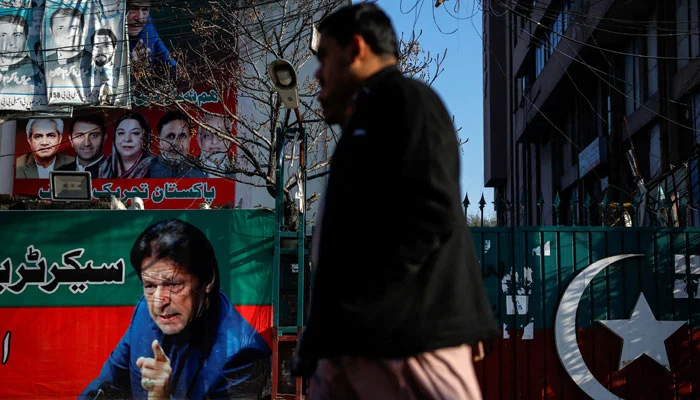Despite the PPP’s insistence on not being part of the future government, PML-N leader Irfan Siddiqui has claimed that the Bilawal-led party would ultimately become part of the federal government.
The recent Pakistani general elections reminded me of something Sydney J Harris, a journalist for the Chicago Daily News and, later, the Chicago Sun-Times, said about democracy. He concluded by saying: “Democracy is the only system that persists in asking the powers that be whether they are the powers that ought to be” .
And what ‘supposed to be’ is exactly the question that every Pakistani is asking right now. Pakistan voted on February 8, 2024, following lackluster election campaigns, delayed manifestos, allegations of pre-poll manipulation, victimization, and unambiguous messaging about who was acceptable in power and who was not.
Despite the PPP’s insistence on not being part of the future government, PML-N leader Irfan Siddiqui has claimed that the Bilawal-led party would ultimately become part of the federal government.
People turned out in droves to vote for candidates, and much to the dismay of people in authority, many of them voted for PTI supporters. It was surprising, if not alarming, given that the PTI chairman was in jail, his party was unable to campaign, and its candidates would ‘sometimes’ go missing.
The Pakistan Tehreek-e-Insaf (PTI) has described these elections as a display of support and a landslide triumph. It has stated that none of the opposing parties received nearly as many votes and hence cannot be regarded indicative of the people’s desire.
The PTI’s claims have some truth to them, but they are not entirely accurate.Although there were voters who voted simply because of the charisma of Imran Khan, there is also a category of voters that perhaps never supported Khan, to begin with but nonetheless voted for him. The question that arises, predictably, is: why?
To understand this, it would be appropriate to look at the progression of our election cycles and how they have seemingly been perceived by this particular segment of the electorate.
The 2013 general elections were in essence a battle between the two established mainstream parties of Pakistan — the Pakistan Peoples Party (PPP) and Pakistan Muslim League-Nawaz (PML-N) – with the PTI being a spoiler (although potent). This was the beginning of the PTI, which showed its promise, if not presence, in the political arena.
The 2018 elections, in terms of perception, could perhaps be summed up as being a contest between the establishment-backed PTI versus all those parties that had assumed the role of guarding the sanctity of the vote. During this time, many had alleged that the PTI was coming to power on the back of the establishment’s support, whereas the other parties, particularly the PML-N, were seen as the victims, who were being marginalised and disbanded for the success of ‘Project Imran Khan’. In essence, these elections were seen from the prism of the anti and pro-establishment divide.
In the current elections, however, the battle lines seem to have moved on from the shackles of yesteryear. The battle, for better or for worse, no longer remains about pro and anti-establishment parties, so it seems, but rather about who is perceived to have this support and backing versus those who do not.
These phrases may seem like the same thing, but in actuality, they are not. Let me explain.







